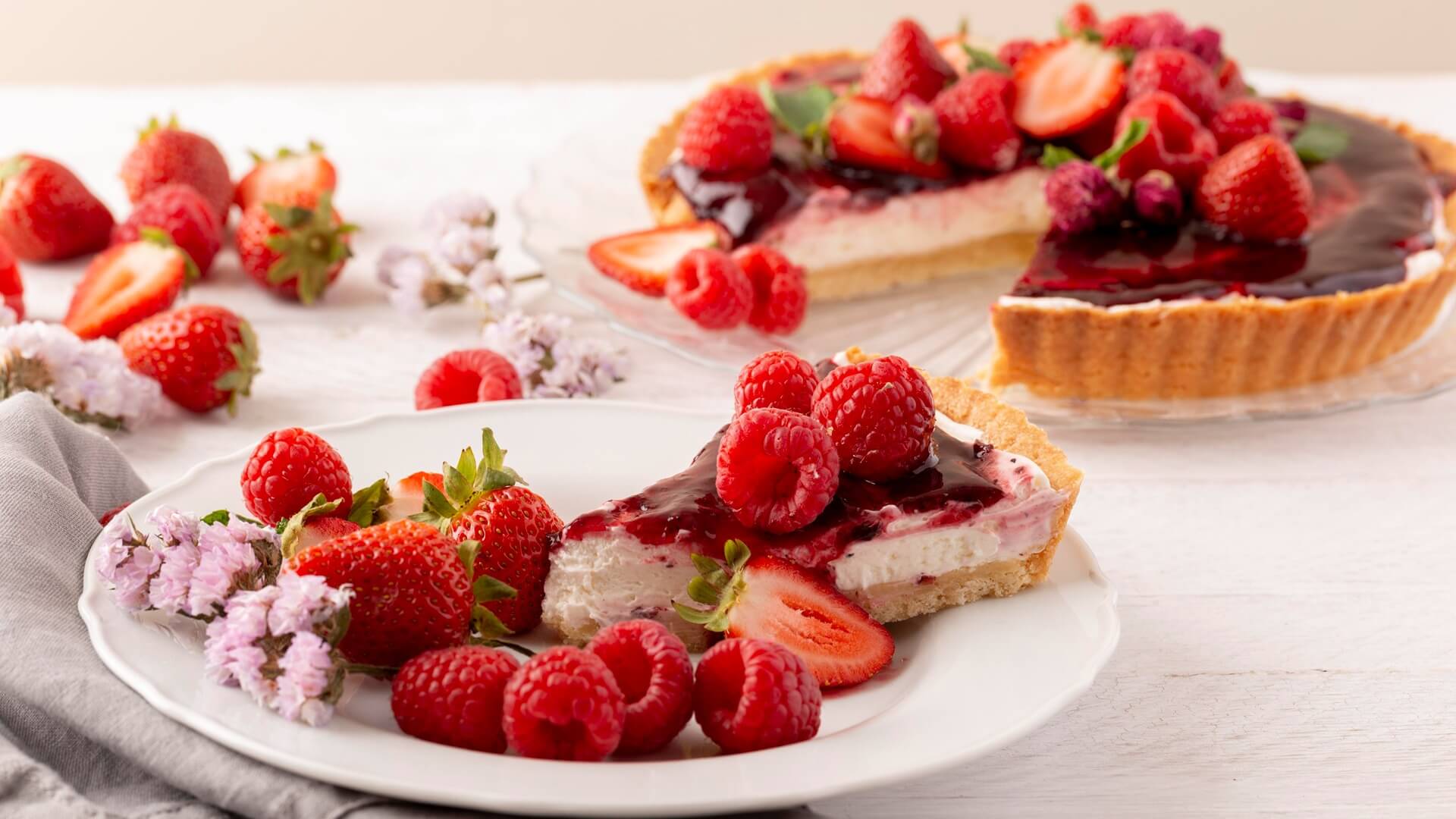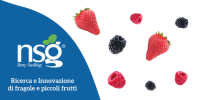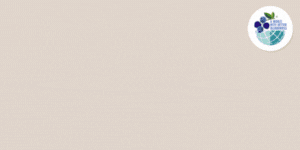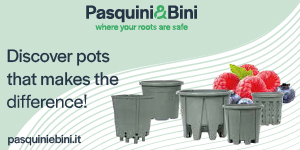When it comes to fruits, the term "berry" is often used loosely in everyday language. However, botanically speaking, many fruits commonly considered berries are not true berries, and vice versa. This article explores the botanical definitions and misconceptions surrounding berries, providing clarity on which fruits are true berries and which are not.
Understanding the Botanical Definition of a Berry
In botanical terms, a berry is a fleshy fruit produced from a single ovary of a flower. Berries are characterized by the entire ovary wall ripening into an edible pericarp. True berries have several distinct features:
- They develop from a single ovary.
- They contain one or more seeds embedded in the fleshy part.
- They typically have a thin skin and a fleshy interior.
Common Misconceptions About Berries
Fruits Commonly Misidentified as Berries
 Neither strawberries nor raspberries are berries according to botanics
Neither strawberries nor raspberries are berries according to botanics
Many fruits popularly considered as berries do not fit the botanical definition. Some of these include:
- Strawberries: Despite their name, strawberries are not true berries. They are aggregate fruits, formed from multiple ovaries of a single flower.
- Raspberries: Similar to strawberries, raspberries are aggregate fruits.
- Blackberries: These are also aggregate fruits, not true berries.
True Berries Often Overlooked
Conversely, several fruits that are not commonly thought of as berries actually meet the botanical criteria. These include:
- Bananas: Botanically, bananas are berries because they develop from a single ovary and contain seeds.
- Grapes: Each grape is a true berry, developing from a single ovary with seeds embedded in the flesh.
- Tomatoes: Often mistaken as vegetables, tomatoes are true berries.
 Tomatoes and peppers are true berries botanically
Tomatoes and peppers are true berries botanically
Examples of True Berries and Misidentified Berries
| Fruit | True Berry (Yes/No) | Botanical Classification |
|---|---|---|
| Strawberry | No | Aggregate fruit |
| Raspberry | No | Aggregate fruit |
| Blackberry | No | Aggregate fruit |
| Blueberry | Yes | True berry |
| Banana | Yes | True berry |
| Grape | Yes | True berry |
| Tomato | Yes | True berry |
| Watermelon | No | Pepo (a type of berry) |
| Cucumber | No | Pepo (a type of berry) |
| Kiwi | Yes | True berry |
| Avocado | Yes | True berry |
| Eggplant | Yes | True berry |
| Cranberry | Yes | True berry |
| Pomegranate | No | Berry-like but classified as a balusta |
| Lemon | Yes | Hesperidium (a type of berry) |
| Orange | Yes | Hesperidium (a type of berry) |
| Pepper (Bell) | Yes | True berry |
Conclusion
The botanical definition of a berry is more specific than common usage suggests. Many fruits we casually refer to as berries are not true berries, while several unexpected fruits are. Understanding these distinctions helps clarify the diverse and fascinating world of botany.
By distinguishing between true berries and commonly misidentified fruits, we gain a deeper appreciation for the complexity of plant classification and the importance of accurate terminology in science.
 Grapes are berries from a botanic point of view
Grapes are berries from a botanic point of view
Learn more
PTo learn more about the difference between berries, soft fruit and small fruits readl also Berries and small fruits: is there a difference?
Photo credits













